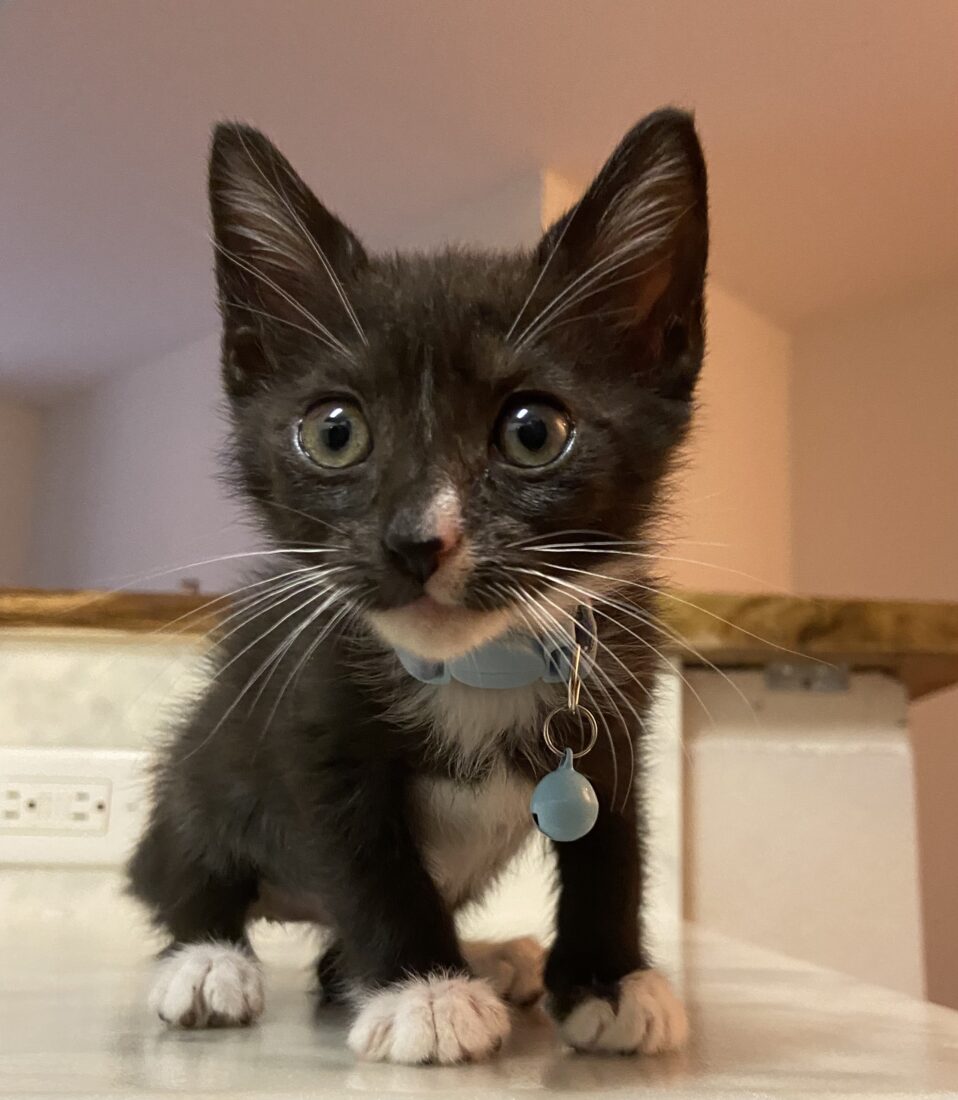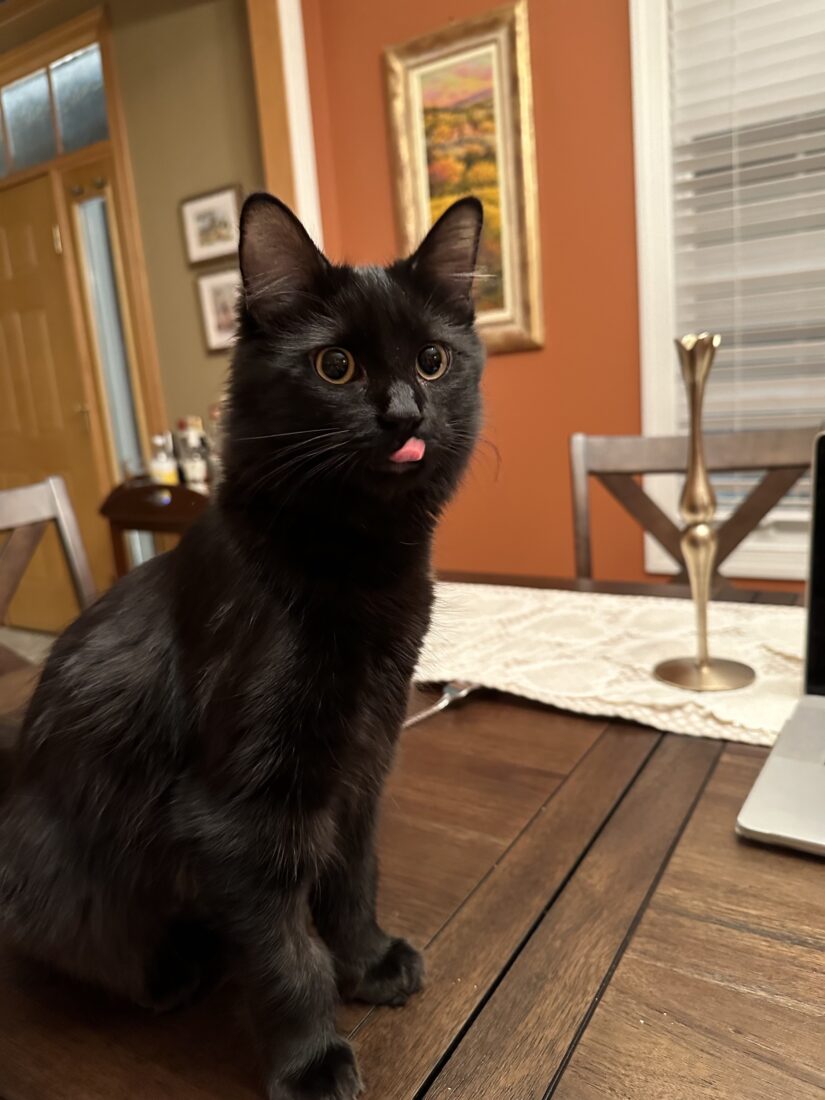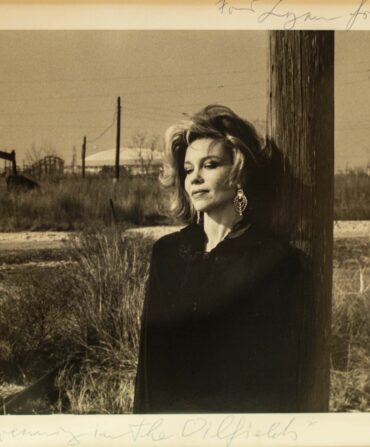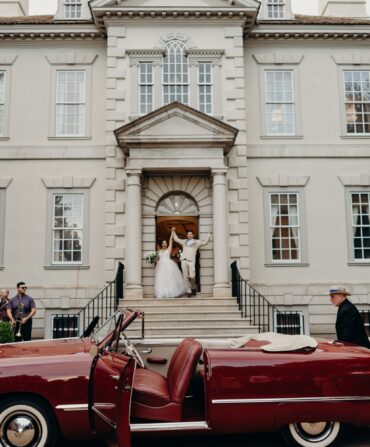My husband and I had taken a wrong turn on an unlit dirt road between Augusta, Georgia, and our hometown of Charleston when a smear of darkness detached from the night and ran under the tires. We screeched to a stop—afraid to look but more afraid to drive off—and rolled down the windows. There sat some tiny creature, unscathed but squeaking in terror.

Closer inspection revealed a kitten resembling a lump of coal that had sprouted hair and then been electrocuted. The ridges of a spine poked out; an ear was torn; two huge green eyes shone from a sunken face. “Should we…?” My husband’s question trailed off, because he knew two things about me: I was a dog person who harbored open animosity for cats, and I had a vicious allergy to match.
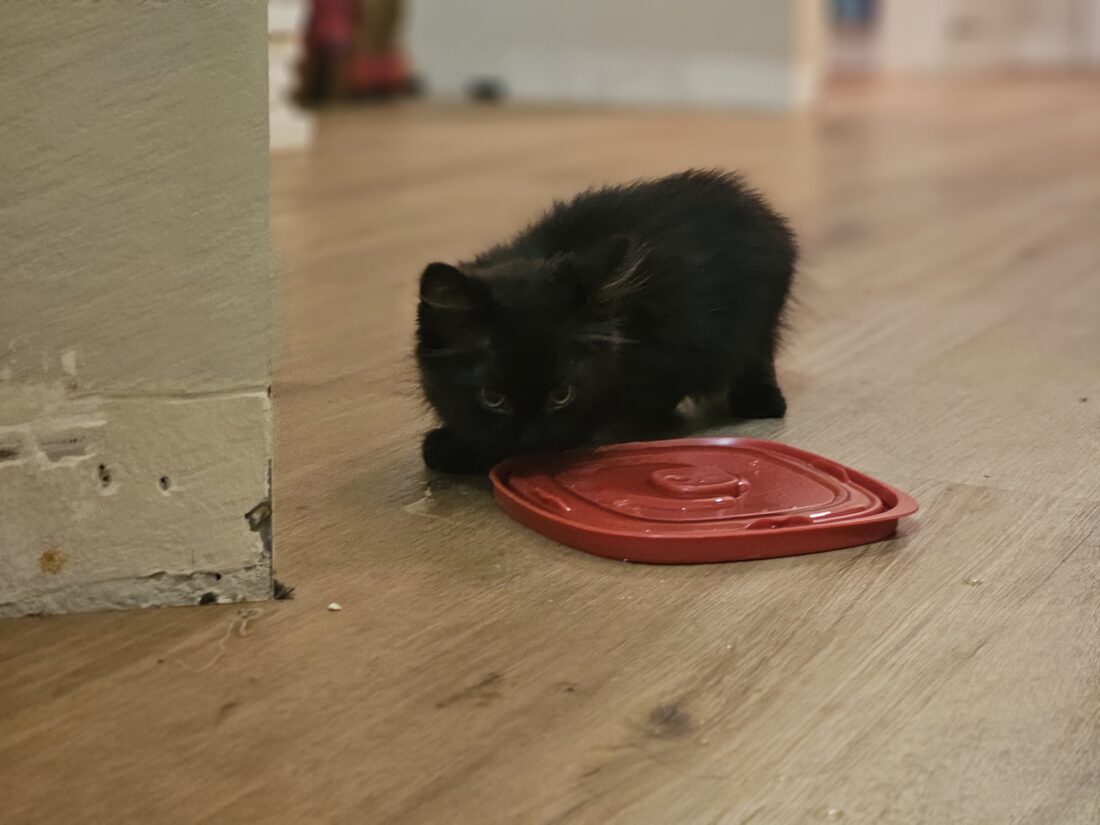
But a person would have had to be colder than blue hell to ignore the pathetic sight in front of us. Even as I thought to myself how its bony body could provide a passable meal for a native species like a hawk or fox, and remembered something disturbing I read about how cat cries have evolved to mimic the sound of a human baby…I was also considering what stores carrying cat food might be open and what pills I might need to pop to make it home.
Hours later, after an unsuccessful search for mom and a stop for a tin of cat food, I was sneezing and snorting my way back to Charleston, with plans to dump our unfortunate passenger at a shelter as soon as possible. But after about two pictures of the kitten lit up my sister’s phone in Minnesota, it turned out there would be no need.
The kitten—a she—turned out to be malnourished and flea-ridden but otherwise healthy. The catch? She was too young to fly to Minnesota, and my sister and her husband, both doctors with hectic schedules, would be better off taking her later on, after she was old enough to be left at home longer. Could we, largely work-from-homers, keep her for just a few months? My sister’s husband, in his allergy fellowship, would manage my condition.
What of my hatred, though? Cats are the most successful invasive species alive, spread by humans to the far reaches of the globe. When allowed outside, they are unnecessary assassins that seriously harm native bird, reptile, and amphibian populations. As companions, they seemed questionable at best—aloof, self-pleasing, disloyal, untrainable. Nothing like a dog, a species I’ve considered superior since I was child, listening to my dad’s tales of his faithful duck-hunting canines. When I grew up and became interested in conservation, cats loomed ever more villainous—and then I ended up working at G&G, as dog-leaning a magazine as any to grace a Southern coffee table.
Somewhere around five a.m. every morning, though, the roadside kitten would shove her damp cold nose into my face, giving me a rash but purring like a machine and dispensing what felt suspiciously like love. Over the weeks, she wiggled her way into the fabric of our lives. Without fail, she greeted us at the door when we came home. Using a clicker and Greenie treats, my husband trained her to sit, stay, jump, and ask for food by perching on her scratching post. She chased down any toy we threw for her—and brought it back. She almost successfully walked on a leash. She was endlessly fascinated by water. My dad paid her the loftiest of compliments with a new nickname: Pup-cat. My allergy, managed initially by mega-doses of Zyrtec, mysteriously faded.
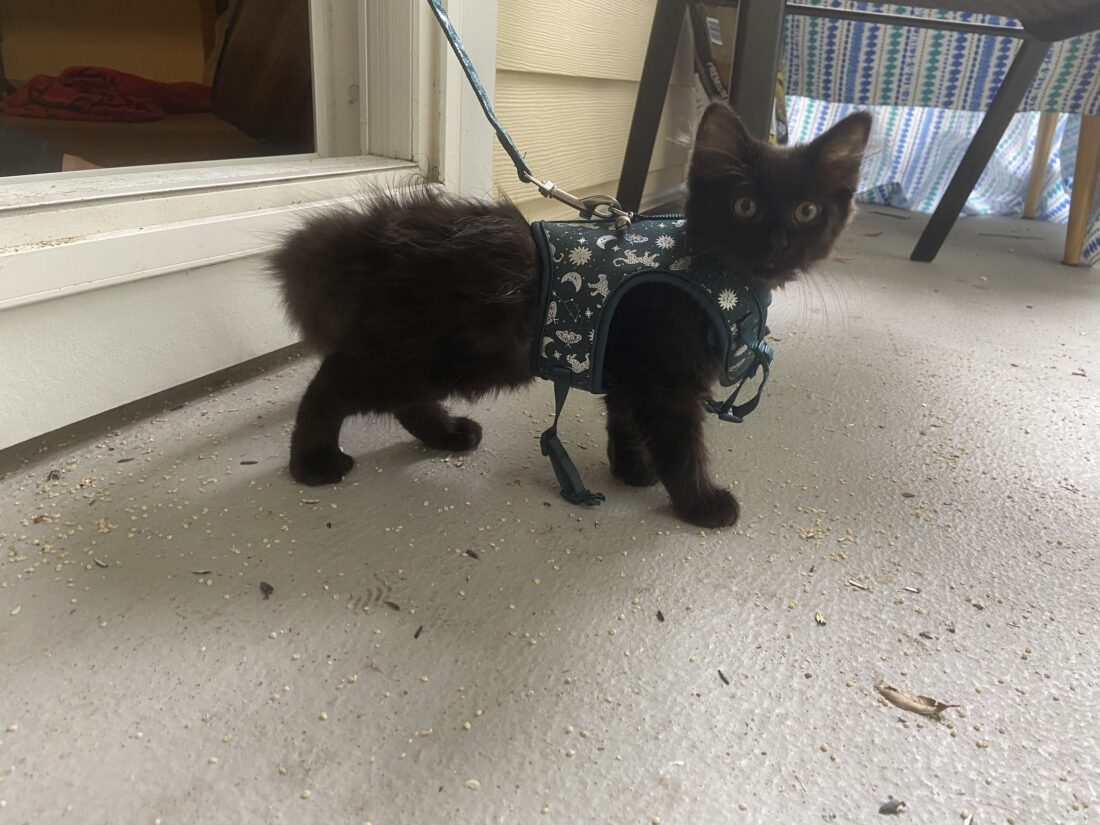
By the time we flew up to Minnestota with Pup-cat, we appreciated both how easy she was as a pet and the nuance of her personality. She was still a little predator prone at times to ignore a summons or reject a snuggle—but she often acted in ways I considered doggish, begging for bits of roast chicken at dinnertime, slurping water out of cups, scampering after our feet, sleeping in the bed.
Or maybe she was acting exactly like a cat, and my eyes were simply opening to the fact. In any case, we left her in Minnesota; a promise was a promise, and we thought we’d muddle along fine, knowing she was happy and healthy via the promised daily photos in the family group chat. But back in Charleston, her cat tower stared at us, empty. We’d find a feathery toy behind a piece of furniture, a tin of emergency food tucked in a backpack. We slept until our alarms went off, no demanding purring to wake us prematurely.
I found myself thinking about Pup-cat often. I thought about the irony of me, a self-proclaimed cat-hater, falling for a kitten from a South Carolina dirt road I should have never been on—and wondering if there’s anything else I’ve closed my mind and heart to and missed out on. I thought about how shaky a blanket conviction can turn out to be when stacked up against personal experience.
Last week, I admitted defeat, with the caveat that any feline of ours would never set foot outdoors without a leash. My husband and I went to a kitten rescue and came home with an endearing smudge of a cat sporting a sad backstory, an unsteady gait, goblin eyes, and a rat-scraggle tail. Her name is Oyster. Are you a cat person now? my friends ask, incredulous. Still a dog person, I tell them…but maybe it’s a spectrum.
